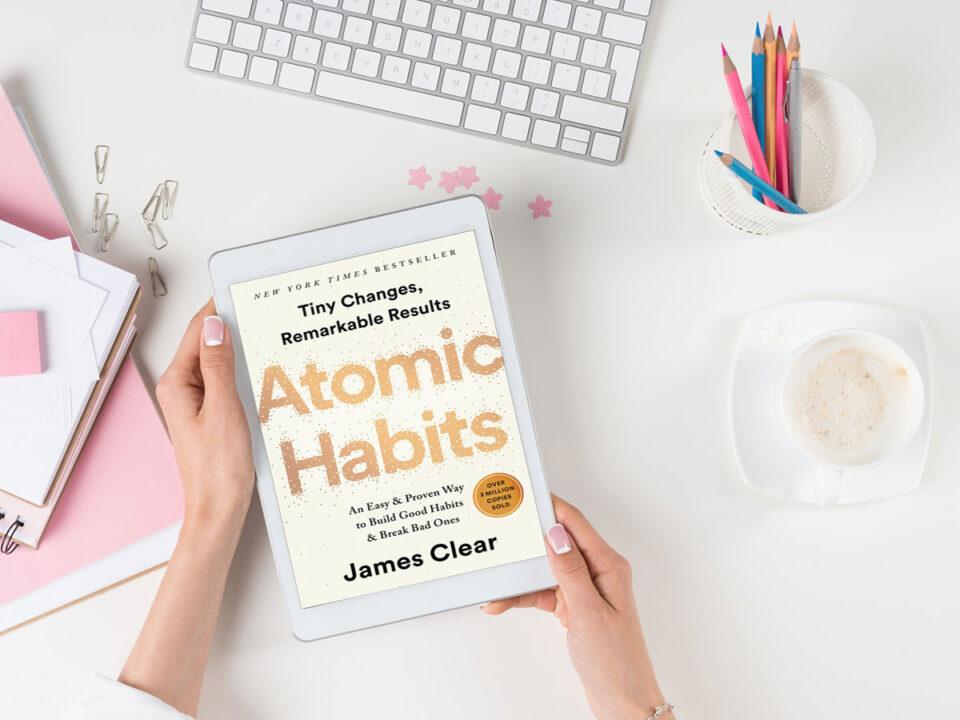

A visually appealing interface can create a positive emotional response in the user, making them more likely to engage with the product or website. One example of how UX design can apply the “make it attractive” principle is through the use of visual design. In UX Design, creating an attractive product or website is crucial to engaging users and keeping them coming back. By making habits more attractive, it becomes easier to stay motivated and consistent in your efforts. You can make the habit more attractive by buying a visually appealing notebook and pen, choosing a quiet and comfortable place to write, and setting aside a few minutes to reflect on positive experiences from the day.

For example, if you want to read more books, choose a genre or author that you enjoy or read in a cosy, comfortable spot, or whatever environment you enjoy.Īnother example is let’s say you want to start a habit of journaling every night. You can combine your desired habit and your current lifestyle. This can be achieved by adding a bit of pleasure or enjoyment to the habit, making it more visually appealing, or finding ways to associate positive emotions with the habit. This law emphasizes the importance of creating habits that are appealing and enjoyable to perform. This reduces the need for cognitive processing and makes the experience more effortless. They also can anticipate what will happen when they interact with the interface because of the consistency. By using consistent visual cues such as size, colour, and placement, designers can guide users’ attention and make it clear what actions are most important. The use of visual hierarchy and making it consistent is also an effective way to make interfaces easy. By simplifying the interface, users can quickly and easily find what they need, reducing frustration and cognitive load. This involves removing unnecessary elements and focusing on the most important information or actions. One way to make interfaces easy for users is to follow the principle of simplicity. We always tend to design interfaces that have a simple user flow so that it would be easy for users to reach their goals through the product. In the context of UX Design, making it easy means designing interfaces that are intuitive, efficient, and require minimal cognitive load from the user. This concept is very similar to UX Design. The key is to design a habit that is so easy to perform that it becomes automatic and effortless, leading to consistent and lasting behaviour change. Some practical examples of making habits easier include reducing the number of steps required to perform a habit, optimizing the environment to support the habit, and using technology or tools to automate or simplify the process. The reason is that creating good habits and breaking bad ones will be much easier when the process is simplified and made more convenient. Whether it’s the habit or the process of achieving it. In the book, James Clear taught us that the first law we have to follow in order to be successful in building good habits is by making it easy. Here is how the concept of atomic habits or better known as “the four laws of behavioural change” can help you to be a better designer:
#ATOMIC HABITS BOOK HOW TO#
This book not just helped me how to build my desired good habits and break the bad ones but also help me to create a better user experience by implementing the four laws of behavioural change. Similarly, UX is based on the idea that small design tweaks can have a big impact on user engagement and satisfaction. Clear argues that making tiny changes to our habits can achieve significant results over time. The reason is that these atomic habits book talks about people’s psychology and their behaviour when doing something.įirst and foremost, both atomic habits and UX are focused on making small, incremental improvements.

However, a closer look reveals that there are many similarities between the two. I didn’t really think that self-improvement books would also help.Īt first glance, these two might seem unrelated. Back then, I thought the only book that can boost my UX skills were books that talked about and focused on UX Design. But, I also got recommendations for non-UX books, including Atomic Habits by James Clear. Most of them were UX books such as Don’t Make Me Think by Steve Krug, The Design of Everyday Things by Don Norman, and Hooked by Nir Eyal, you named it. When I was in my early journey of learning UX Design, I got some book recommendations to read.


 0 kommentar(er)
0 kommentar(er)
